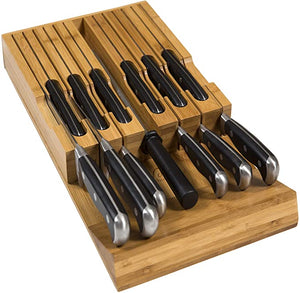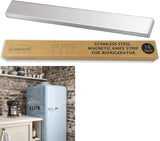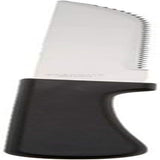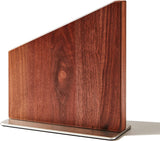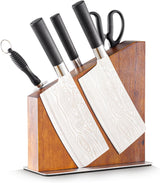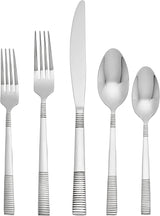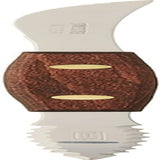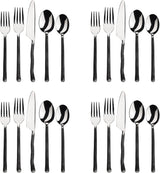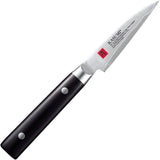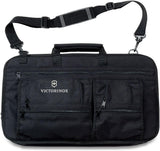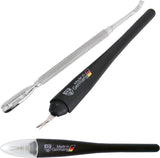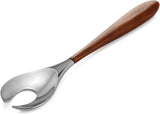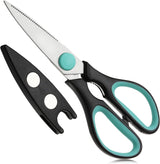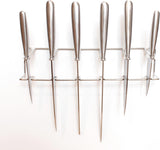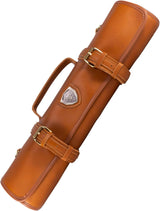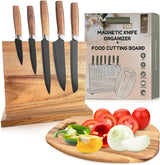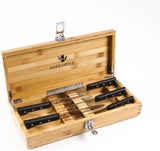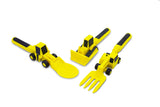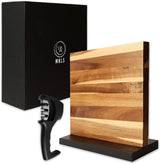If youre a kitchen professional or cooking enthusiast, you already know the value of a sharp knife. But when it comes to a Rapala fillet knife, keeping it sharp isnt just a convenienceits a necessity. This type of knife is specifically designed for delicate tasks like filleting fish, and dullness can drastically impact its performance.
Mastering how to sharpen a Rapala fillet knife involves understanding the nuances of its blade, the right tools to use, and the correct techniques to follow. Whether youre a chef, a fishmonger, or someone passionate about food preparation, you need the sharpest tools in your arsenal to maximize efficiency and precision.
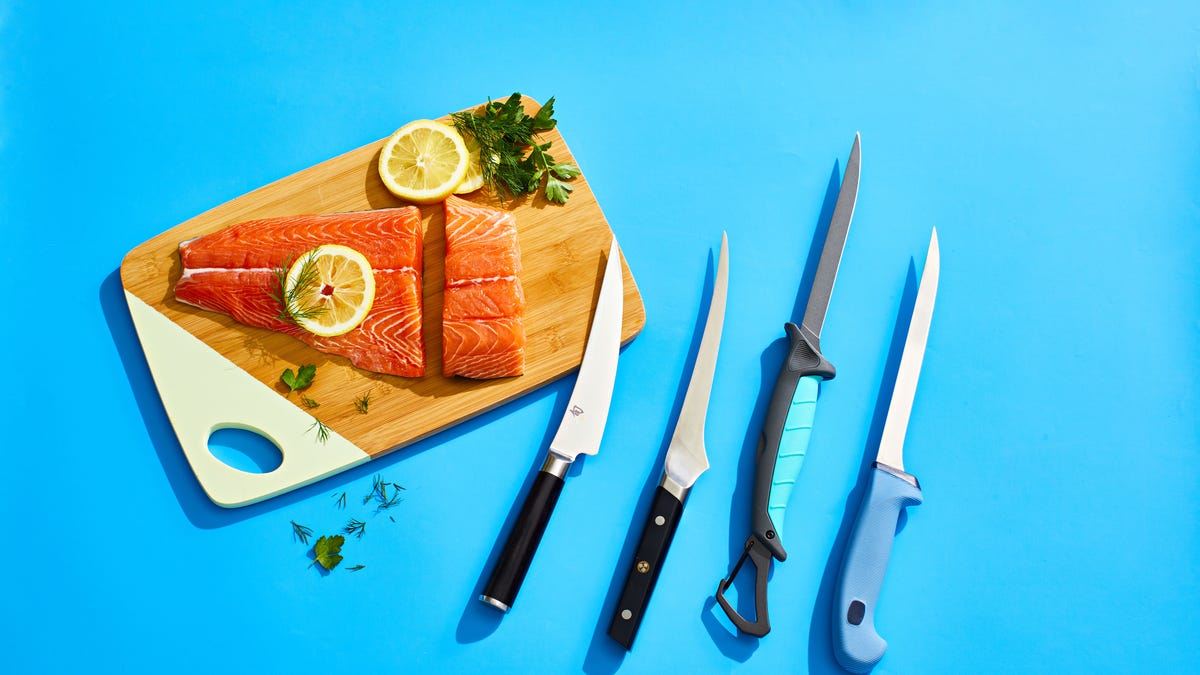
Why Does Your Rapala Fillet Knife Need Regular Sharpening?
Fillet knives, particularly Rapala ones, have thin, flexible blades. Their design allows detailed work like removing fish skin or preparing sushi-grade cuts. However, their thin blade makes them prone to dulling more quickly than standard kitchen knives used for chopping or slicing.
A dull knife means uneven cuts and a higher risk of accidents. Furthermore, a blunt edge can damage delicate fish meat, negating all the effort you put into perfecting it. Thus, regular sharpening is crucial to maintain the blades effectiveness.
Essential Tools to Sharpen a Rapala Fillet Knife
Before diving into the sharpening process, it is essential to have the right tools on hand. Different tools deliver different results, and some are better suited for specific tasks. Here are a few sharpening tools you can use:
1. Whetstone
A whetstone is a highly versatile option for sharpening knives. It comes with varying grit levels, typically represented as coarse, medium, or fine. Coarse grit helps when reshaping the edge, whereas a fine grit provides the polished finish.
2. Electric Knife Sharpener
If youre short on time or want ease of use, an electric knife sharpener can be a convenient choice. Look for one that supports the blade length and type of your Rapala fillet knife to avoid damaging the edge.
3. Sharpening Rod (Honing Steel)
A sharpening rod is excellent for maintaining the sharpness of your Rapala knifes blade between full sharpening sessions. Honing doesnt replace sharpening but helps maintain the edge alignment.
Step-by-Step Guide on How to Sharpen a Rapala Fillet Knife
Now that you know why you should sharpen your knife and have the right tools handy, lets get into the process itself. Follow this step-by-step guide to ensure the blade is razor-sharp:
Step 1: Inspect Your Knife
Before starting, examine your Rapala fillet knife to check its current condition. Is it slightly dull or completely blunt? If the blade has chips or significant wear, you may need a coarse grit sharpening tool.
Step 2: Soak the Whetstone
If youre using a whetstone, soak it in water for about 10-15 minutes. This prevents the stone from drying out and helps maintain a consistent sharpening surface.
Step 3: Find the Correct Angle
The recommended sharpening angle for a fillet knife is typically between 15-20 degrees. Maintaining this angle is crucial to ensuring the blades effectiveness. Using an angle guide clip can assist, especially if youre a beginner.
Step 4: Sharpen with Consistency
Place the knife at the proper angle, and drag it across the whetstone or sharpener in a sweeping motion. Apply consistent pressure and repeat the process about 10-15 times on each side.
Step 5: Hone the Blade
After sharpening, use a honing rod to align the blades edge. This step ensures the sharpness is maintained and also removes any burrs left from sharpening.
Pro Tips for Maintaining Your Rapala Fillet Knife
Once your fillet knife is sharp, proper maintenance will help you prolong its sharpness and lifespan. Here are some quick tips:
- Wash and dry the knife immediately after use to prevent corrosion.
- Avoid using a dishwasher, as it can dull the blade.
- Store the knife in a sheath or dedicated knife block to prevent accidental dulling.
FAQs About Sharpening Rapala Fillet Knives
1. How often should I sharpen my Rapala fillet knife?
The frequency depends on your usage. For regular use, sharpening every couple of weeks is recommended.
2. Can I use a regular knife sharpener?
A regular sharpener can work, but its better to use tools designed for thinner, more flexible blades like fillet knives.
3. Is there a way to know if my knife is sharp enough?
A simple test is slicing through a piece of paper. A sharp Rapala fillet knife should glide through effortlessly.

Additional Resources
For further reading on how to maintain your kitchen tools, check out these articles:
This article contains affiliate links. We may earn a commission at no extra cost to you.
